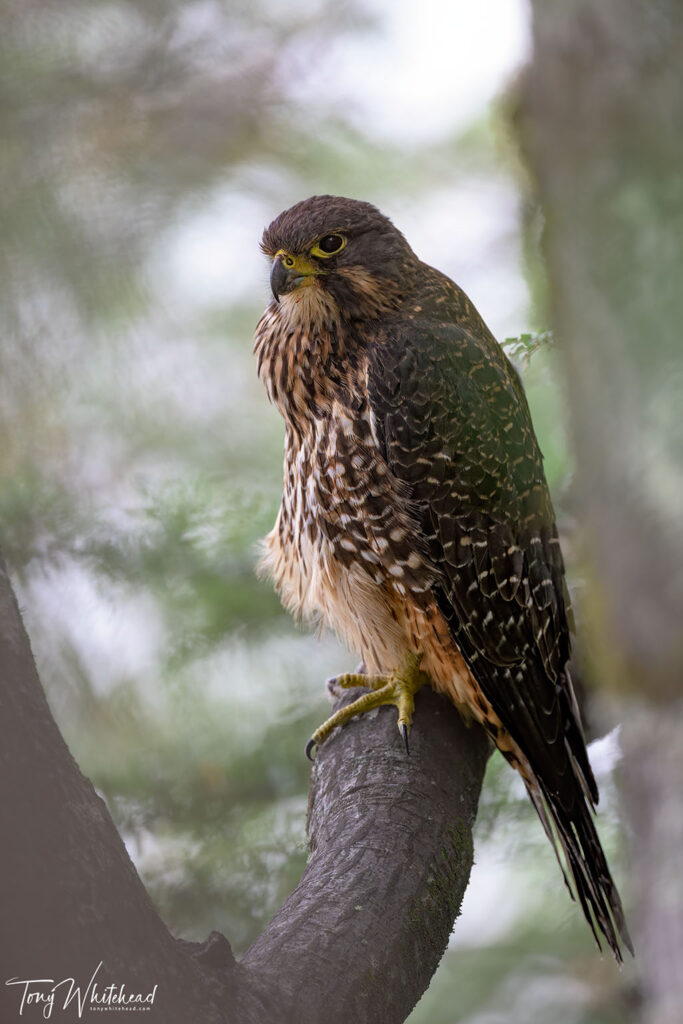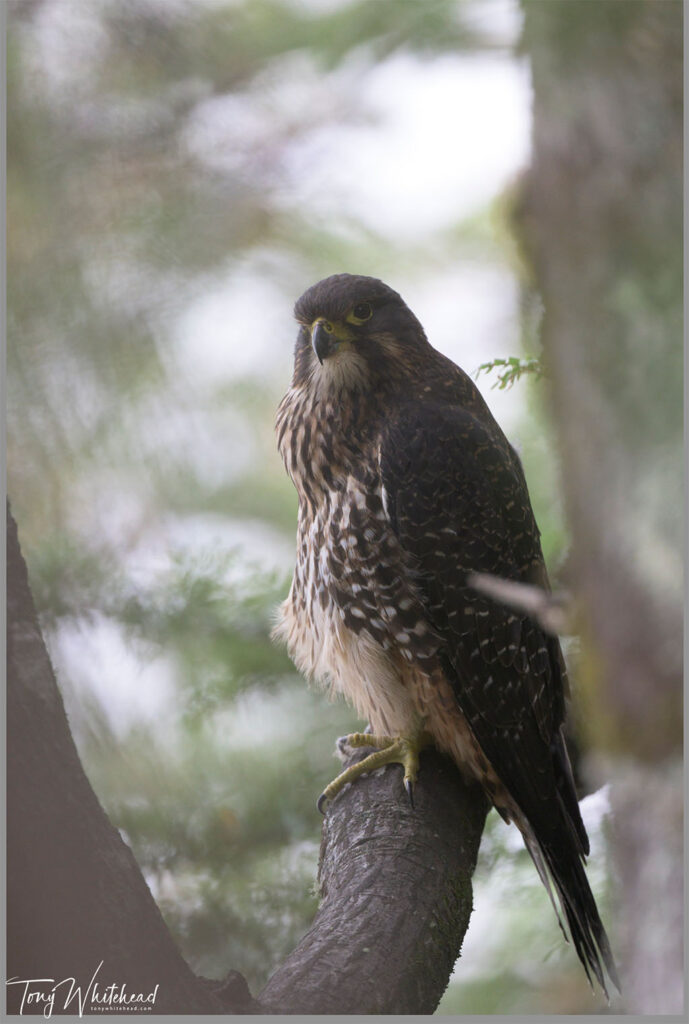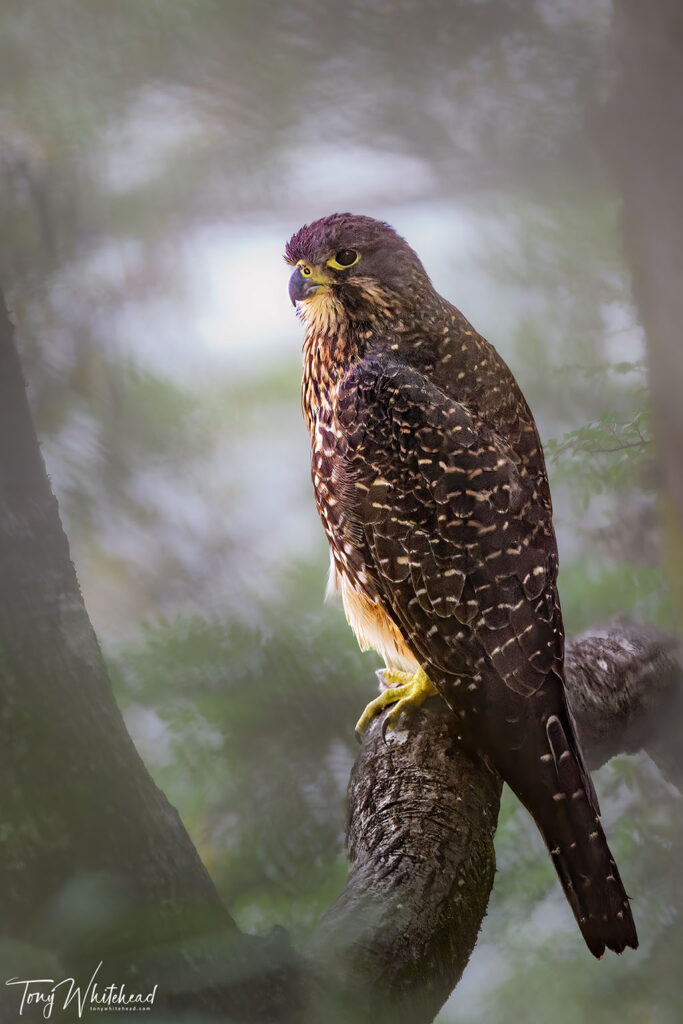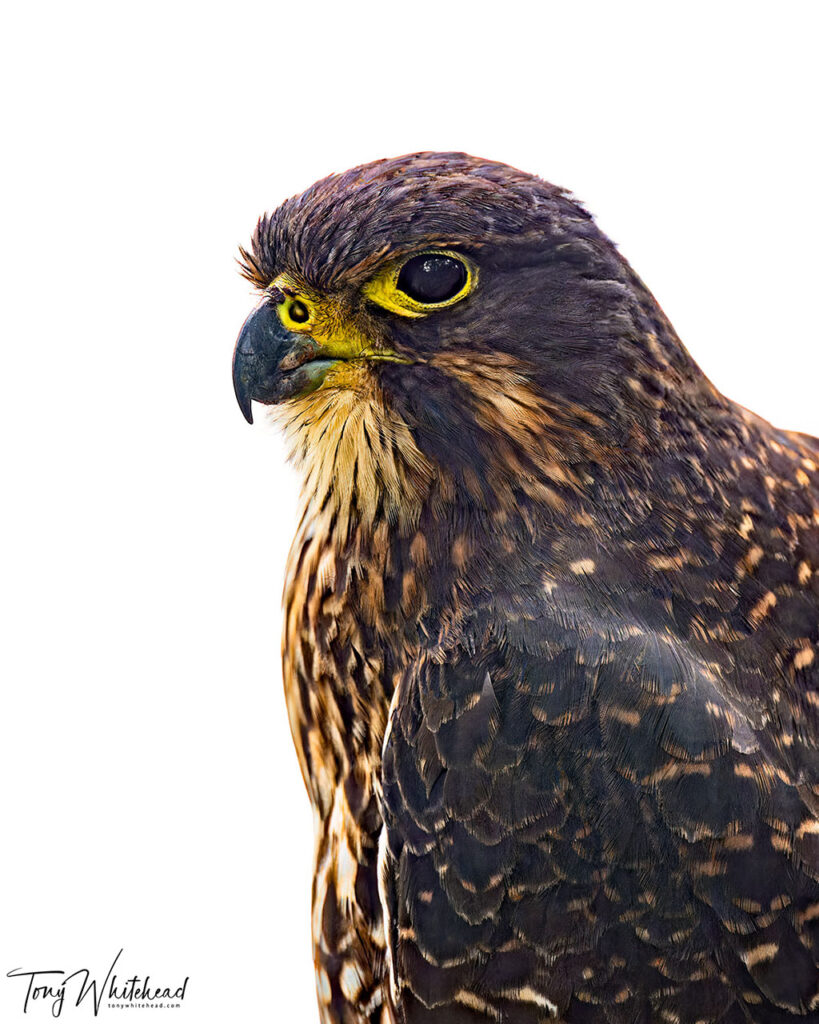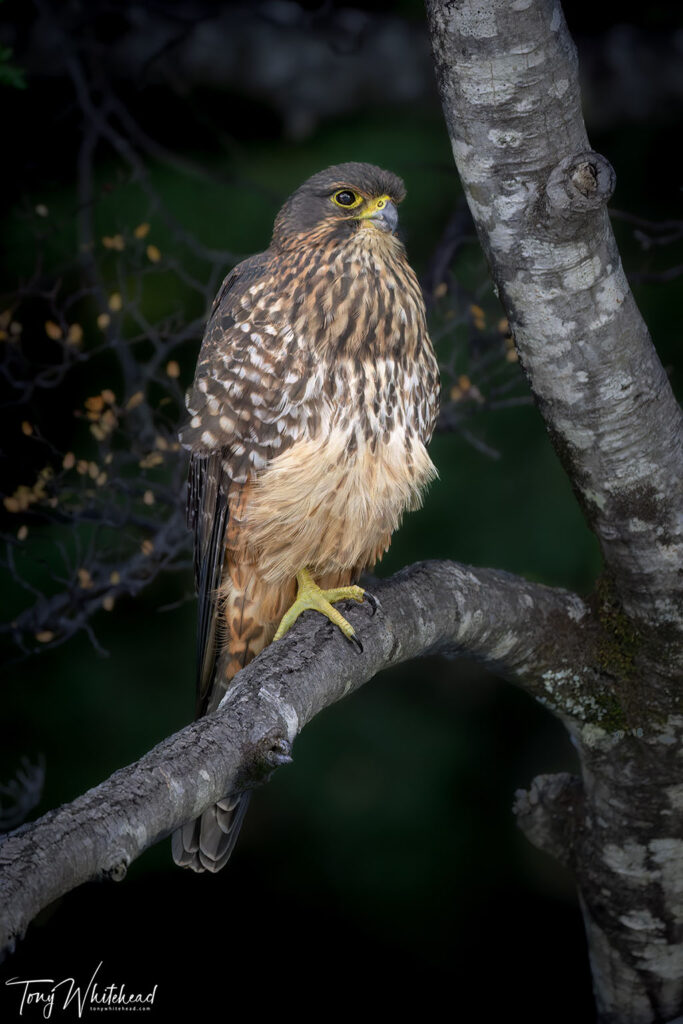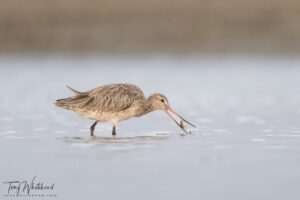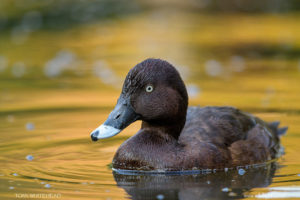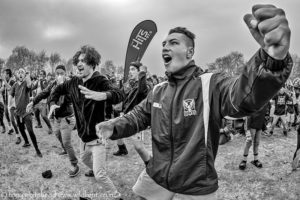Last week I wrote about my exciting encounter with a New Zealand Falcon/Kārearea in beech forest. They are always exciting to see and to have one at close to eye level was an opportunity not to be missed. The problem was that there was no clear view of the bird through the bush. The only gaps that gave a relatively unobstructed view gave terrible compositions, so what options remained?
Firstly you could just give it away as a photography opportunity and enjoy the encounter. Perfectly valid option. You could add a record shot as a reminder of the difficult conditions or you could work the subject to explore all photographic possibilities.
As always the wellbeing of the subject is top priority. When I first saw the bird I froze as it was unaware of me. Advancing slowly along the path it was clear that it was quite relaxed. I had thought it was perched on the forest edge scanning the riverbed for prey but noticed, as I changed angle of view, that it had a hugely bulging crop and some mammal fur and blood on it so had recently fed.
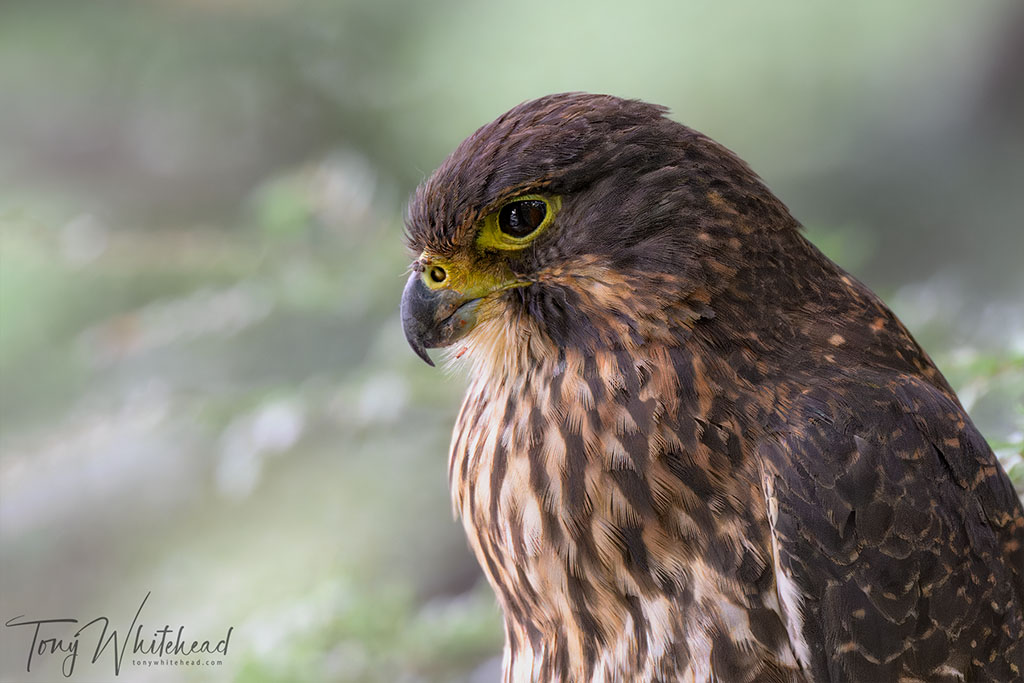
By moving slowly and quietly I was able to explore all the options available from the path. All involved multiple layers of twigs, branches and foliage. Using a long lens these blur out and mainly result in reduced contrast and a little reduced sharpness. Making minor changes to position, I tried to get as clear a view as possible of the head while keeping the whole bird framed in as good a composition as possible. This achieved a decent but very low contrast file to work with.
Most of my processing involves small differential adjustments to exposure, contrast and colour temperature. These images needed the same but more than small adjustments. Lightroom’s new masking options make this far simpler than previously, so I started by selecting the subject and refining the mask. Adding some exposure, warming the subject, opening shadows and increasing contrast with contrast, dehaze and clarity was the first step.
Having got the file to where I wanted it in Lightroom I demosaiced the RAW file through DxO PureRAW 3 and took the resulting DNG file into Photoshop. PureRaw does an excellent job with noise reduction and some sharpening so the resulting ISO 6400 file was very clean. Some final adjustments to again increase contrast on the subject with Nik Tonal Contrast and then a pass through Topaz Photo AI resulted in a series of images like the following.
With the rather extreme contrast differential between subject and background this was beyond what I would normally do to process a straight image but my bottom line is – does the image please me? In this case it does so I’m happy with what I achieved in the circumstances.
Part of working a subject is to try all possibilities. One available was with the falcon against the bright river stones as a Bird on White. I am still working on these images but this is an example I have precessed so far.
The other option was to drop down onto the river bed and look back up at the bird. This gave a less pleasing angle but still resulted in a decent photo.
That pretty much covers the photography side of the opportunity but there was more of interest to come. While finding away down to the river bed I had heard a falcon call way out over the river so was quite surprised to see the bird still on his perch. While watching he called, took off and flew deeper into the bush immediately followed by a larger dark falcon with a grey/blue cere, clearly a young female. She must have been the bird I had heard calling out over the river. Having been watching him closely I had no inkling of her approach until she followed him into the bush.
Photos with Nikon Z9 and Nikkor Z 800mm f6.3 VR S
